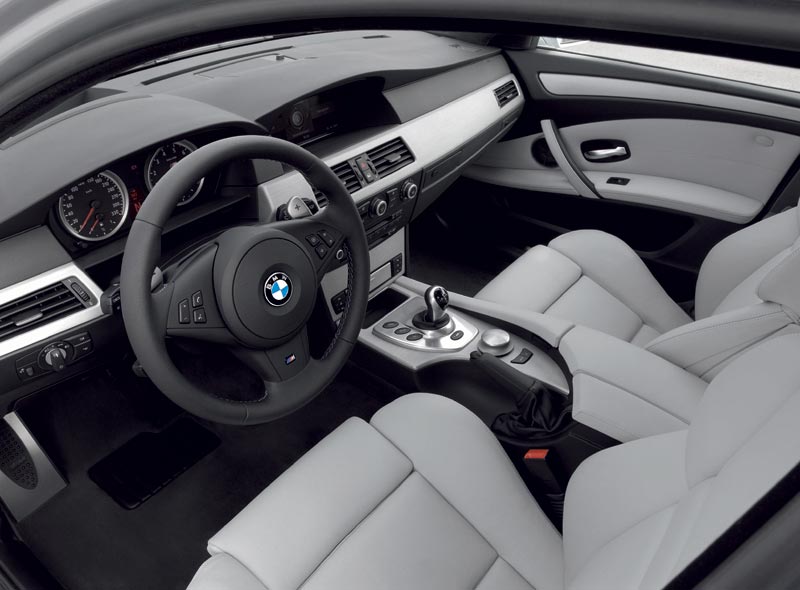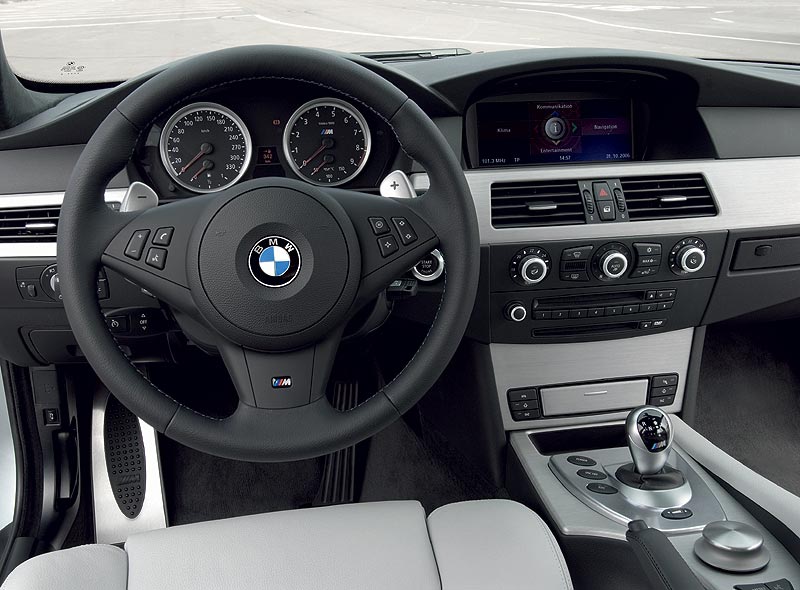vraag me trouwens af als je een ipod foto apparaat hebt als je die fotos op je scherm krijgt in de auto voorraan
iPod-Schnittstelle
Zum Anschluss des Apple iPod, iPod mini, iPod Photo oder iPod nano an das Audiosystem
Bedienung über Multifunktionslenkrad (SA 249), iDrive Controller oder Radio sowie Akkuaufladung
Bedienung über Multifunktionslenkrad (SA 249), iDrive Controller oder Radio sowie Akkuaufladung
Nicht in Verbindung mit CD-Wechsler (SA 672)
203,36
242,–




Comment